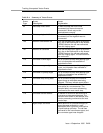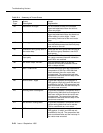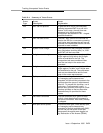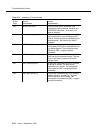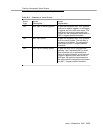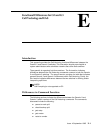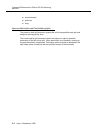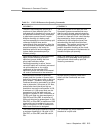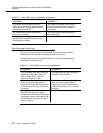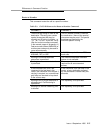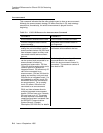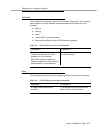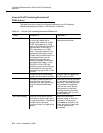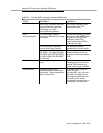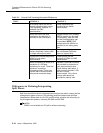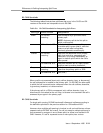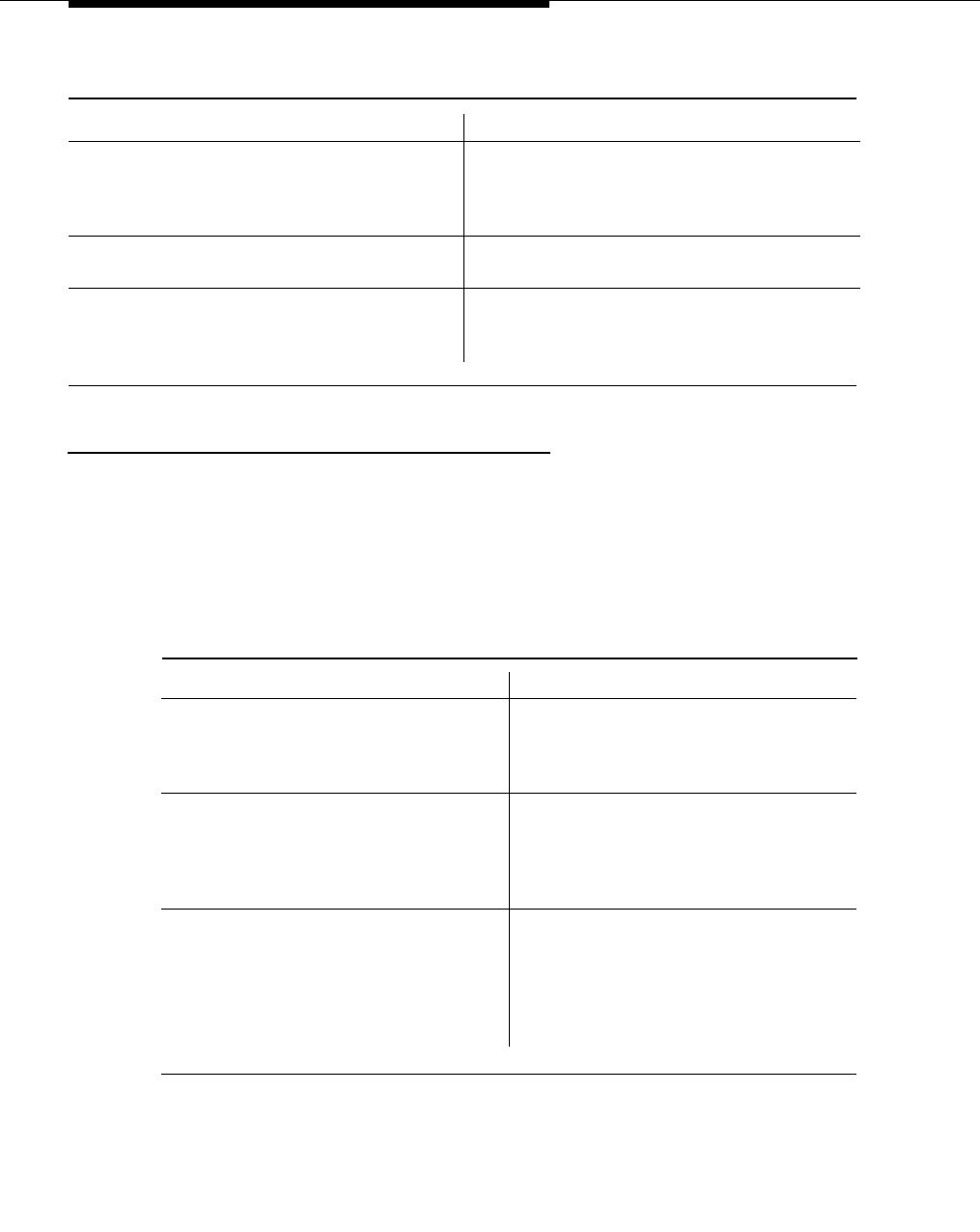
Functional Differences for G2 and G3 Call Vectoring
and EAS
E-4 Issue 4 September 1995
Goto Step and Goto Vector
The
goto step
command allows conditional or unconditional movement
(branching) to a preceding or subsequent step in the vector.
The
goto vector
command allows conditional or unconditional movement
(branching) to another vector.
The oldest-call-waiting test condition
within the
check-backup split
command
has a range of 0 through 998 seconds in
two-second increments.
The oldest-call-waiting test condition
within the command has a range of 0
through 999 seconds in one-second
increments.
An unconditional
check-backup split
command is allowed.
The
check backup split
command is
conditional only.
The rolling-asa and expected-wait
conditions are available with the
check-
backup
split command.
These capabilities are not provided.
Table E-2. G2/G3 Differences for Goto Commands
GENERIC 3 GENERIC 2
The commands can test a maximum
threshold of 200 calls in G3i, G3s
PBP, or G3vs PBP. In G3r, the
maximum threshold is 999.
The commands can test a maximum
threshold of
only
99 calls.
The oldest-call-waiting test condition
within the commands contains a
range of 0 through 998 seconds and
is checked according to a 2-second
increment.
The oldest-call-waiting test condition
within the commands contains a
range of 0 through 999 seconds and
is checked according to a 1-second
increment.
The rolling-asa, expected-wait,
counted-calls, ani, and ii-digits
conditions are available with the
goto
commands. Vector routing tables can
be checked for the digits, ani and ii-
digits conditions.
These capabilities are not provided.
Table E-1. G2/G3 Differences for Queuing Commands
GENERIC 3 GENERIC 2



